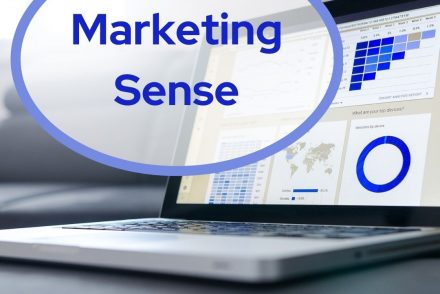
Do You Really Need to Use Email? (Part Two)
In Part One we discussed how very valuable email is to our platform, and why using an email provider…
June 12, 2024
In Part One we discussed how very valuable email is to our platform, and why using an email provider…
June 12, 2024
This 3-part series focuses on growing your author platform in 2024, specifically, via an online community such as a…
May 13, 2024
The most engaging blog posts have five elements: content, a title, subheads, images, and white space. If you haven’t…
March 12, 2024
It seemed like such a great idea. Last summer, with four Lead Magnets offered on my website’s Home page,…
February 12, 2024
Lead Magnets, those 3-10-page PDF files offering readers a simple yet profound change for free, are perhaps my favorite…
January 12, 2024
Last month I shared Email #1 of my 4-part Welcome email series example. Here are the remaining 3 emails…
December 12, 2023
Nondescript, the small store named *Joe’s Mattress! lay nestled in between two, more active businesses. Its blandness caught my…
October 12, 2023
A Lead Magnet is a marketing tool. “Lead Magnet” is marketing speak for what is typically a 3-10 page…
September 12, 2023
Are you pleased with your website’s Home page? The way it looks, its design, and most important, its effectiveness?…
August 12, 2023
(NOTE: This doesn’t apply to multiple audiences. They rarely have sustainable, overlapping needs.) Serving multiple audience categories via email…
July 12, 2023
The age-old question, “I’ve covered everything under the sun! What else is there to write a blog post about?”…
June 12, 2023
Growing your audience can seem like an uphill battle. Hosting online workshops will help you reach your goal faster.…
April 12, 2022
In Part One last month I shared the fictional promotional post below: Would you like to receive coaching…
March 12, 2022
You’re finally ready to promote your latest book or product or course. All you need now is buyers. Woo-hoo!…
February 12, 2022
Writers Chat, hosted by Jean Wise, Johnnie Alexander, and Brandy Bow, is the show where we talk about all…
January 31, 2022